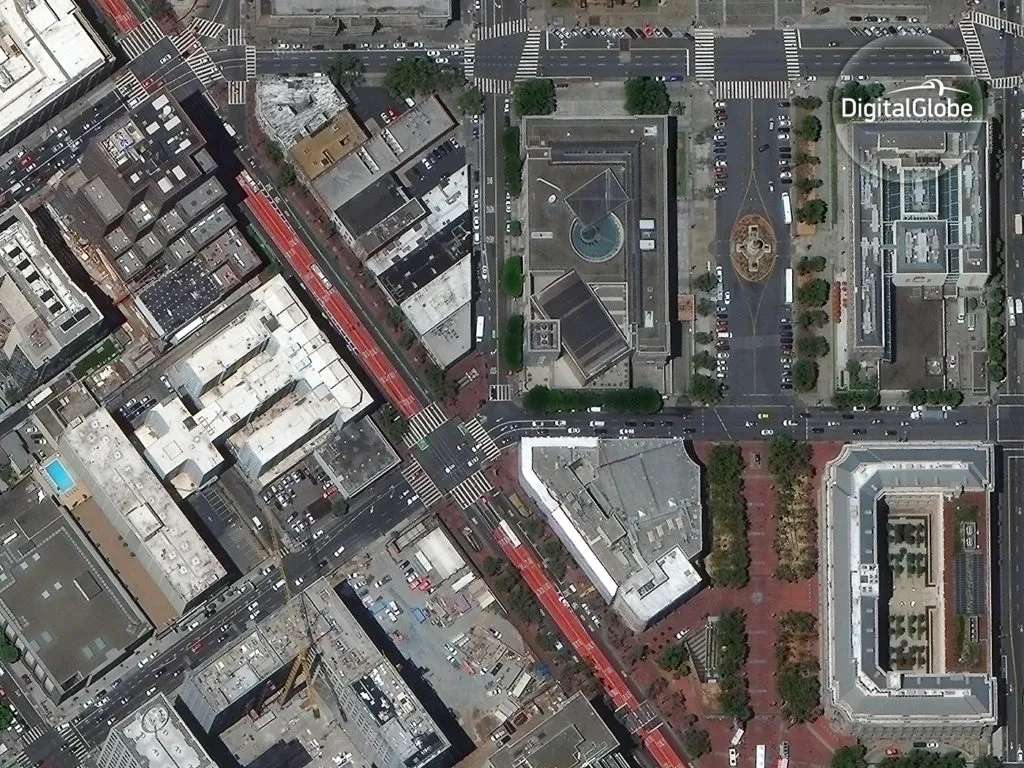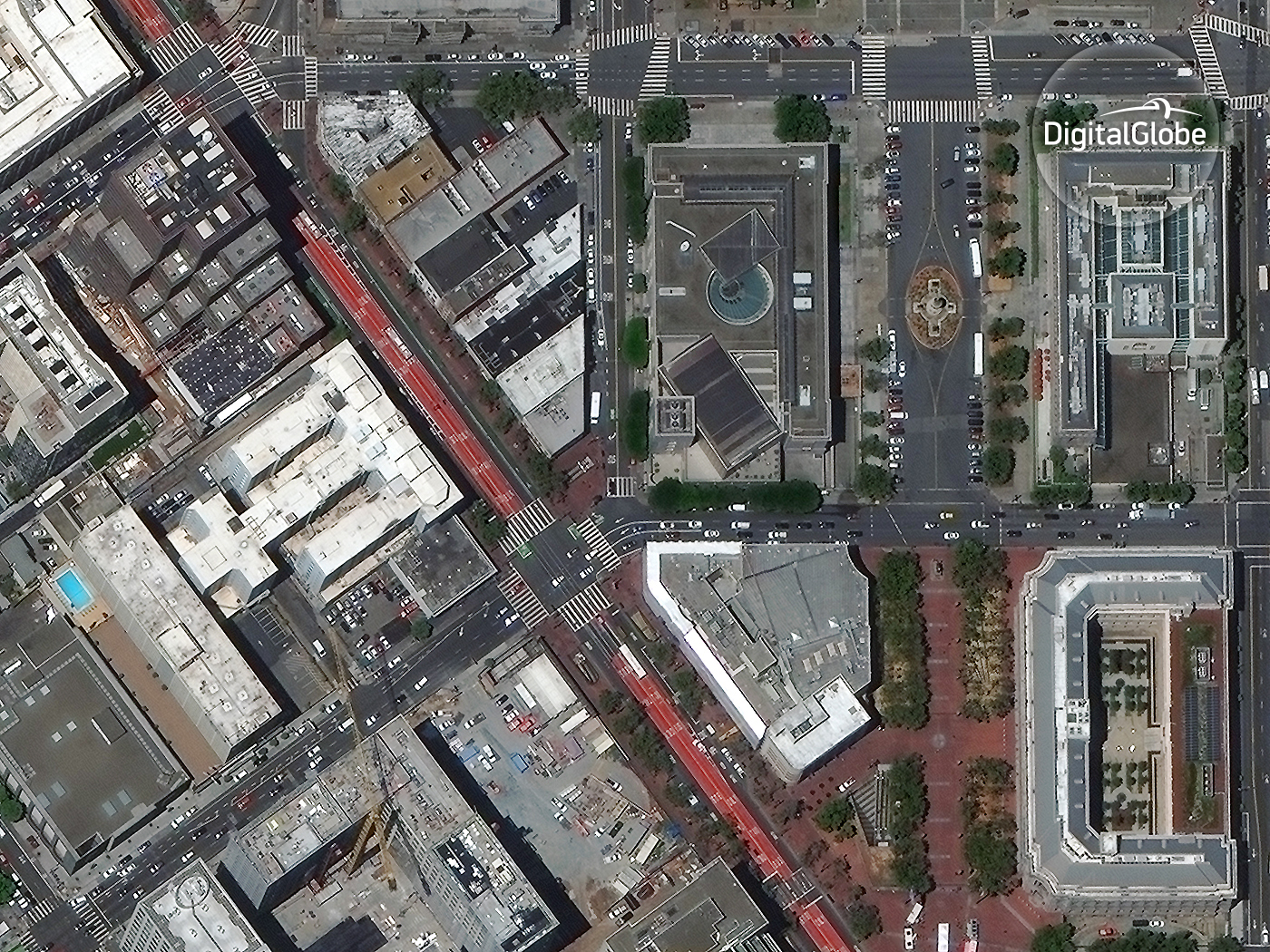
The most detailed 3D world model is out there and it’s free!
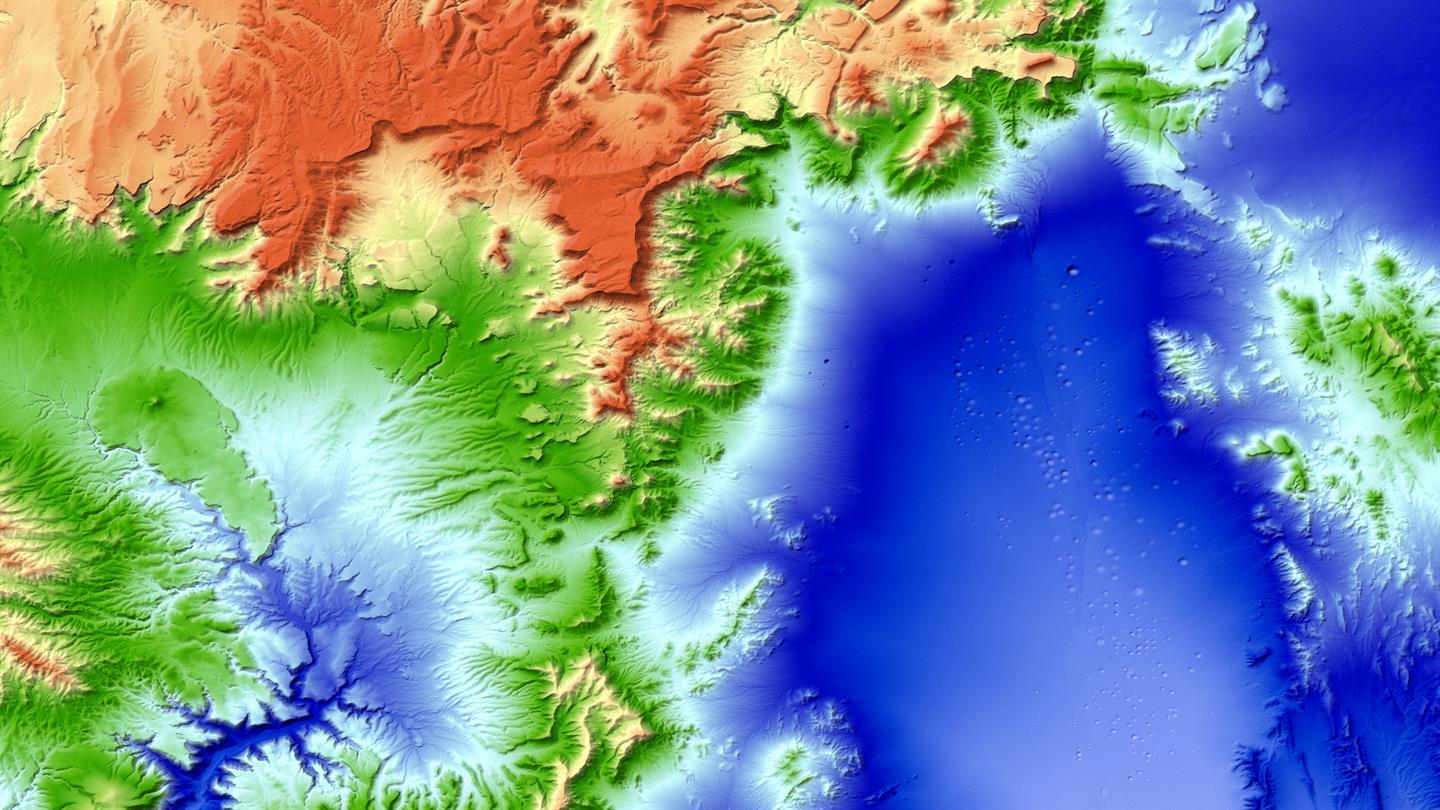
How to create a detailed 3D world model of the entire Earth? As you could suspect the only feasible way to do it is using satellites. But a regular satellite scan will not be detailed enough to give you a meter-level accuracy. Researches from The German Aerospace Center figured out a way to do it. Instead of using a single satellite they’ve launched to an orbit two satellites orbiting next to each other capturing stereoscopic scans of the surface of the Earth.
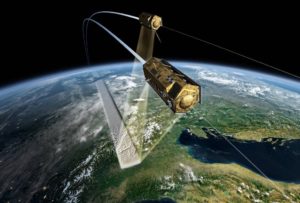
TanDEM-X and TerraSAR-X in formation flight
The mission called TanDEM-X (TerraSAR-X add-on for Digital Elevation Measurement) consists of a pair of twin TerraSAR-X satellites equipped with interferometric radar instruments that scan the same areas from slightly different angles. Over the course of the past six years the satellites transmitted over 500 terabytes of data that covering 150 million square kilometres of land surface. Now this data has been processed into a seamless 3-dimensional world map of unprecedented accuracy of 1 meter.
“TanDEM-X has opened up a whole new chapter in the field of remote sensing. The use of radar technology based on two satellites orbiting in close formation is still unique and was key to the high-precision remapping of Earth. In this way, DLR has demonstrated its pioneering role and satisfied the prerequisites for the next major development step in satellite-based Earth observation – the Tandem-L radar mission” we can read in the press release.
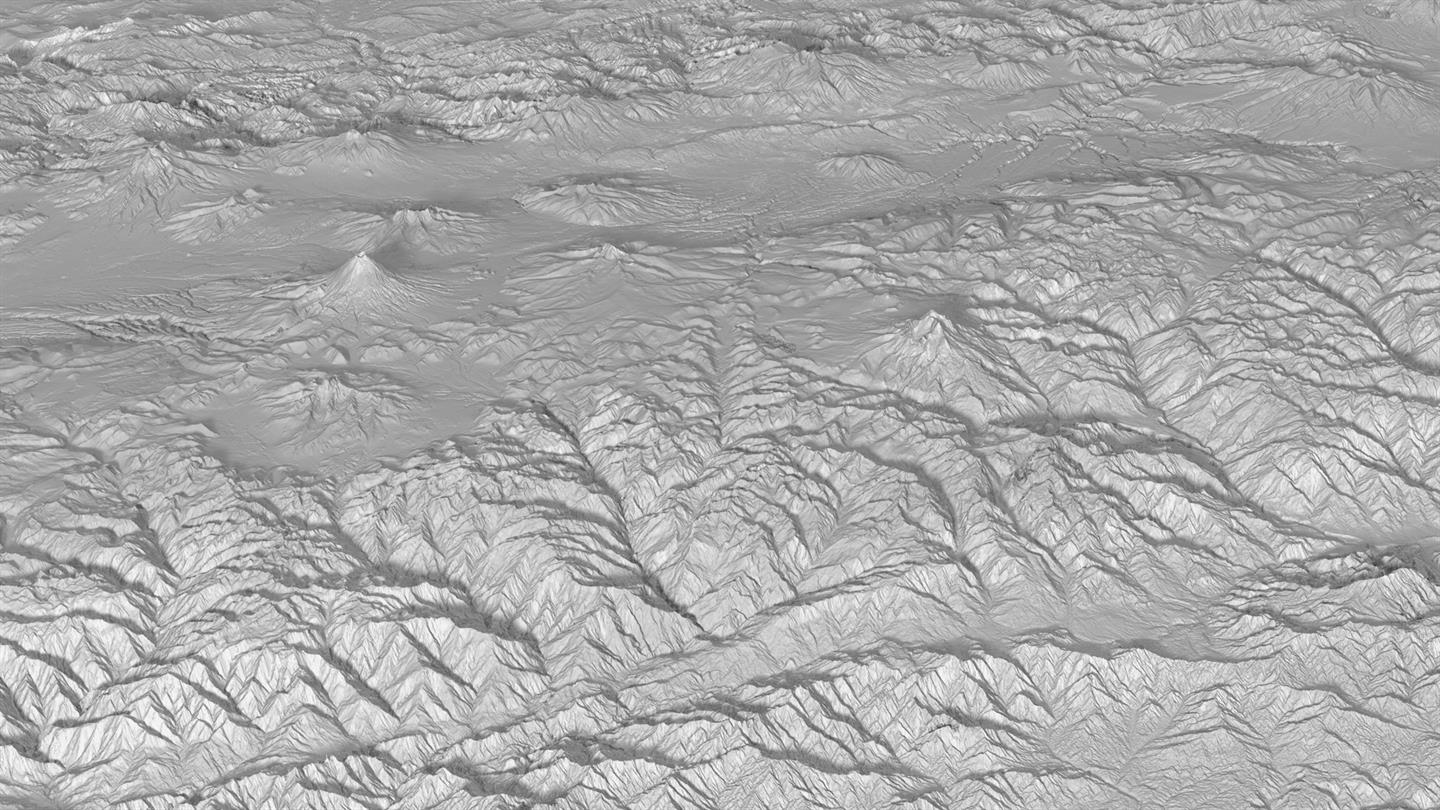
What’s even cooler about the project is that The German Aerospace Center shares its data for free with any scientists. The details are available here.
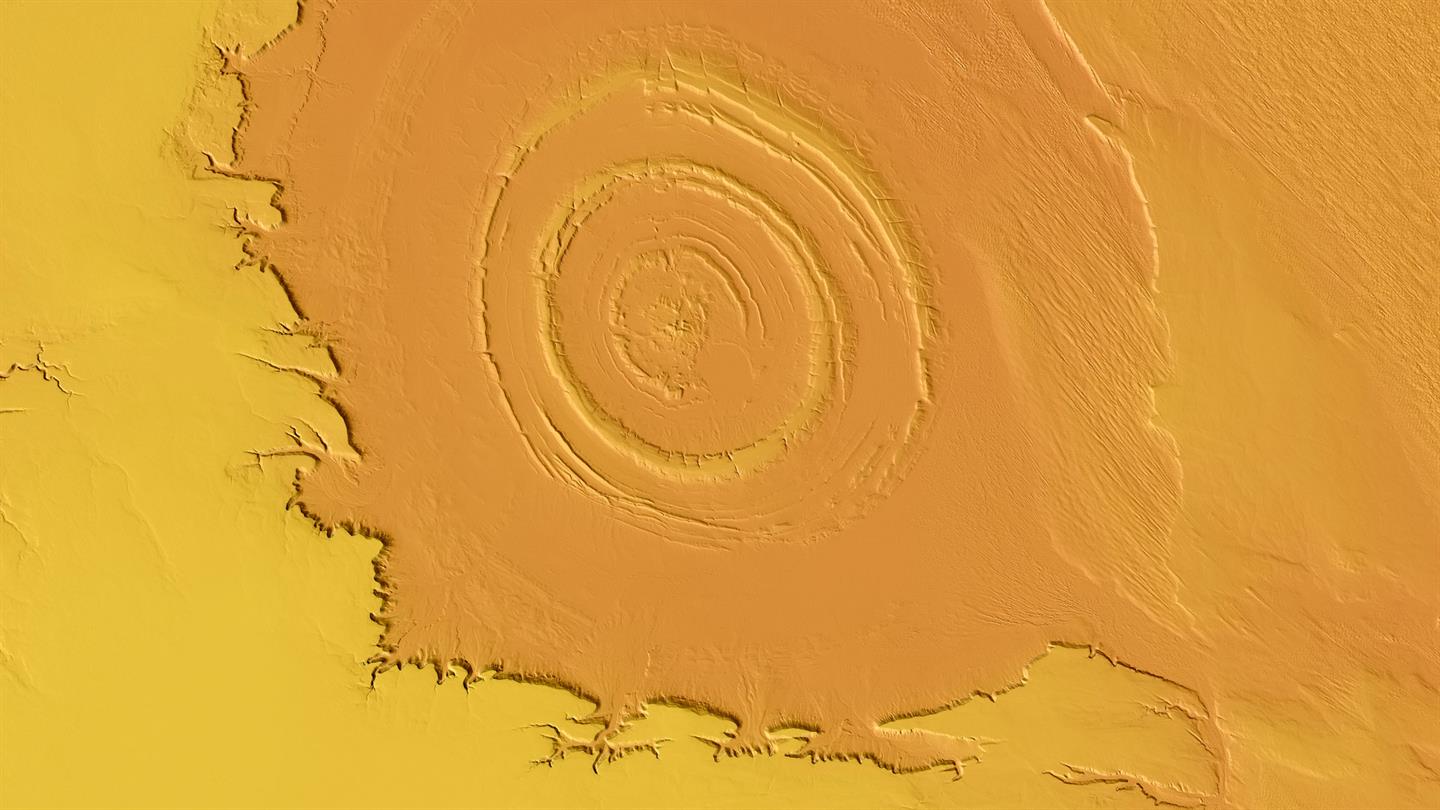
Did you like this article about detailed 3D world model? Read more and subscribe to our monthly newsletter!






